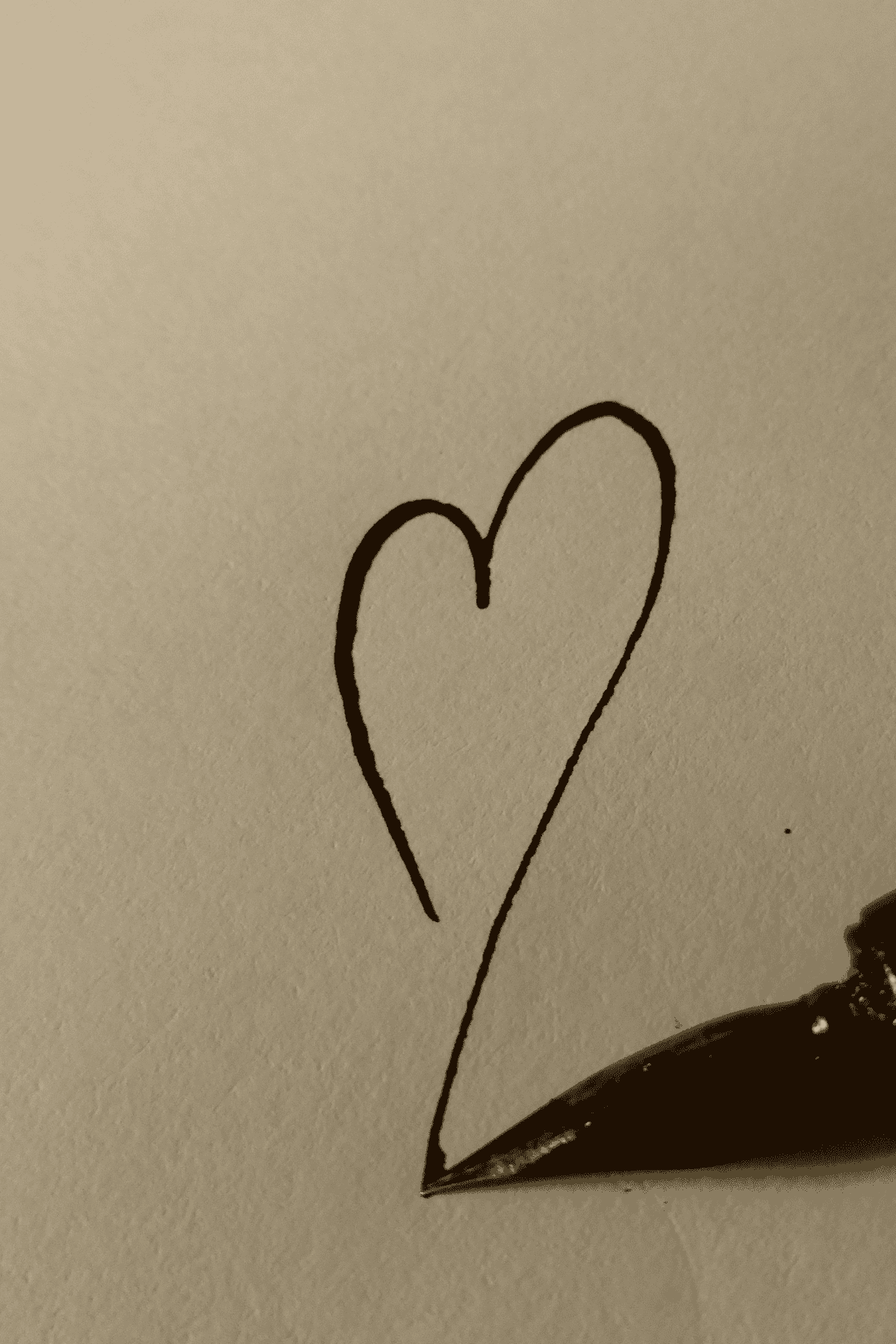Kevin J. Beaty/Denverite“Take It To The Bridge/Trance-Atlantic” by Kevin Sipp on display in the “Dirty South” exhibition at the Museum of Contemporary Art Denver. Nov. 29, 2022.  Kevin J. Beaty/DenveriteNadine Robinson’s “Coronation Theme: Organon” installed in the “Dirty South” exhibition at the Museum of Contemporary Art Denver. Nov. 29, 2022.
Kevin J. Beaty/DenveriteNadine Robinson’s “Coronation Theme: Organon” installed in the “Dirty South” exhibition at the Museum of Contemporary Art Denver. Nov. 29, 2022.
The original curator of the show, Valerie Cassel Oliver of the Virginia Museum of Fine Arts, had extensive connections with Gulf South musicians after spending time in Houston. After Cassel Oliver relocated to Richmond, Virginia, she created the show to examine the history of artistic pursuits from the turn of the 20th century to the present day.
Turning this sprawling idea into a cohesive journey as visitors walk through the exhibition had a distinct inspiration.
“I looked at music — particularly, contemporary Southern hip hop — because … the introductory text begins with ‘The South has something to say. The South has always had something to say,’” Cassel Oliver said. “But it is something about how it manifested in that contemporary Southern hip hop that really kind of gave inroads and mirrors to reflect the things that had always existed.”
The exhibition is divided into three sections: Landscape, Visioning/Spirituality, and the Black body. Unlike a usual exhibition at MCA where the works are made of contemporary art spanning a few decades, “Dirty South” honors the musical and visual traditions of African Americans in the South by featuring the work of artists from the past century.
 Kevin J. Beaty/Denverite“If Bells Could Talk” by Radcliffe Bailey on display in the “Dirty South” exhibition at the Museum of Contemporary Art Denver. Nov. 29, 2022.
Kevin J. Beaty/Denverite“If Bells Could Talk” by Radcliffe Bailey on display in the “Dirty South” exhibition at the Museum of Contemporary Art Denver. Nov. 29, 2022.  Kevin J. Beaty/DenveriteRodney McMillian’s “From Asterisks in Dockery” installed at the “Dirty South” exhibition at the Museum of Contemporary Art Denver. Nov. 29, 2022.
Kevin J. Beaty/DenveriteRodney McMillian’s “From Asterisks in Dockery” installed at the “Dirty South” exhibition at the Museum of Contemporary Art Denver. Nov. 29, 2022.
“So there were these overlays that even though these artists were born and raised in the South, we don’t ordinarily think of them as Southern, but they carried so much of the South with them and embedded those aesthetics into their work,” Cassel Oliver said. “So it made sense that this, what I was seeing as a new sense of bravado, was really always there. And it was how it manifested some ways very subtly, but certainly with the younger generation, just outwardly, pressed forward.
“What I began to liken that to was the sort of rise of Southern hip hop that Southern hip hop sort of gave a new narrative to the South that did not exist, that had, prior to that, really been rooted in trauma, the trauma of the civil rights, and, that this was just a very new way of seeing oneself, as an African American.”
The Dirty South also reveals the intersections between southern culture, visual art, and music.
 Kevin J. Beaty/Denverite“Plantation Houses” by Samella Lewis on display in the “Dirty South” exhibition at the Museum of Contemporary Art Denver. Nov. 29, 2022.
Kevin J. Beaty/Denverite“Plantation Houses” by Samella Lewis on display in the “Dirty South” exhibition at the Museum of Contemporary Art Denver. Nov. 29, 2022.  Kevin J. Beaty/Denverite“Basin Street Blues” by Bisa Butler on display in the “Dirty South” exhibition at the Museum of Contemporary Art Denver. Nov. 29, 2022.
Kevin J. Beaty/Denverite“Basin Street Blues” by Bisa Butler on display in the “Dirty South” exhibition at the Museum of Contemporary Art Denver. Nov. 29, 2022.
The exhibit asks us to think about jazz and how jazz is often celebrated as the original American music form and all the cultural intersections that took place to give it rise.
“But my statement was, what would be the visual equivalent of jazz? Where do we find this notion of improvisation? Where do we find the bending of not only notes, but the bending of materials? Where do we find the same conceptual framing that we use in black music? Where do we see that in? How do we see that?” Cassel Oliver said. “That’s where those intersectionalities come from. It’s conceptually how, um, artists approach their particular disciplines. And so that same thing happens visually when we think of improvisation.”
Cassel Oliver said the South has always had something to say, but something about how it manifested in that contemporary Southern hip-hop sparked her vision.
“The South has become so multifaceted, but in terms of its African American journey, you do see naturalism. You see spiritualism, you see the synetic religious forms, and how that has always been reflected in the visual arts.”
 Kevin J. Beaty/Denverite“Caspera” by Ramell Ross (center) hangs in the “Dirty South” exhibition at the Museum of Contemporary Art Denver. Nov. 29, 2022.
Kevin J. Beaty/Denverite“Caspera” by Ramell Ross (center) hangs in the “Dirty South” exhibition at the Museum of Contemporary Art Denver. Nov. 29, 2022.  Kevin J. Beaty/DenveriteThe “Dirty South” exhibition at the Museum of Contemporary Art Denver. Nov. 29, 2022.
Kevin J. Beaty/DenveriteThe “Dirty South” exhibition at the Museum of Contemporary Art Denver. Nov. 29, 2022.
The name of the exhibition, the Dirty South, might be confusing to anyone unfamiliar with the term, But Cassel Oliver said it is meant to celebrate the South’s history as a power unto its own.
“Honestly, before it was coined in hip hop, it was a term that I understood, as a term of endearment and a term that meant that the south itself was, was a land that was an agrarian society and an agrarian economic power. The economy of the South initially came from the land itself. It is a society with its roots in literally … the soil.”
The Dirty South: Contemporary Art, Material Culture, and the Sonic Impulse is open through Sunday, February 5, 2023.












